|
Paul Gauguin, Matamoe (Landscape With Peacocks), 1892; The Pushkin Museum, Moscow. © Pierre-Philippe Marcou/AFP/Getty Images. Gauguin is known for his colorful Tahitian paintings, but unfortunately, enhanced reproductions like the one below usually detract from rather than improve images of his work. There's so much glare and excess photo editing here that the original lines, figures, flow of energy and overall appearance of the painting have been flattened into a nearly incomprehensible mélange. The museum's photo above comes closer to the authentic work, as shown by the photo of the painting on display at the Thyssen Bornemisza Museum, Madrid, in 2012 (Getty Images). Note that some experts question the title Matamoe (meaning death), suggesting that Gauguin might have intended to call the painting Matamua (loosely translated as Once Upon a Time), and instead made a simple spelling error. However, most believe that the title is a metaphor, referring to Gauguin's sense of being reborn during this fertile period in his career. Altered version of a painting by Paul Gauguin.
1 Comment
Jean-Michel Basquiat, Untitled (Fishing), 1981; Crystal Bridges Museum of American Art. This is a rare occurrence, a Basquiat associated with a museum, which means there's a reliable photo to compare with the many Basquiat reproductions and fakes circulating online. According to Crystal Bridges, the work is untitled, although many of the copies and even the exhibition photo above, from the Freud Monk Gallery, call it Fishing. Note the various color changes throughout the duller, brownish version below. Since Basquiat is known for his bright, primary hues, a faded, hazier look is often a tip-off that an image purporting to be by the artist isn't totally accurate. The museum also points out some technical aspects of the work: Untitled is an incredible example of Basquiat's early style that incorporated visible pentimentos. Traditionally, a pentimento is a moment within a painting in which a previous compositional choice or image can be seen through the top paint layer. Basquiat used this idea to his advantage, often painting in a variety of thick and thin layers that purposefully allowed exposure of the layers beneath. This can be seen especially in the face of the crowned figure, with layers of green, gray, pink, black, and red. Altered version of a painting by Jean-Michel Basquiat. Paul Klee, Glance Out of the Red, 1937; Zentrum Paul Klee, Bern. Although the reproduction below has copied the shapes and figures in the Klee pastel shown above, the colors don't match the original. In fact, the new coloration seems almost entirely reimagined. A modern interpretation — no matter how farfetched — is perfectly acceptable, but to avoid misleading viewers, such a piece should include a label announcing that it's a new work "after" the original artist. The photo above comes from a 2009 exhibition called Paul Klee, Carpet of Memory, at the Zentrum Paul Klee, Bern. Altered version of a pastel by Paul Klee. Paul Klee, Black Prince, 1927; Kunstsammlung Nordrhein-Westfalen. This is a dark and unusual Klee painting that isn't seen very often. The original is at the Kunstsammlung Nordrhein-Westfalen in Düsseldorf. There aren't that many elements to change, and yet the low-resolution photo below has managed it. For example, the crown in the museum image is purple, while the altered version has turned it orange. Since there are few examples of this painting for art lovers online to choose from, the yellowish version, despite its poor quality, has become more accepted than the authentic photo. Note that the modern reproduction also is being called "Black Knight," which doesn't communicate the full meaning of the original title, which is "Schwarzer Furst" (Black Ruler/Sovereign) or sometimes "Schwarzer Prinz" (Black Prince). Furthermore, the use of the word "knight" seems to ignore the figure's crown. Altered version of a painting by Paul Klee. Joan Miró, "Constellation: Awakening in the Early Morning," 1941; © Successió Miró / Artists Rights Society (ARS), New York / ADAGP, Paris; Kimbell Art Museum. Awakening in the Early Morning (Awakening at Dawn) is one of the 23 works in Miró's Constellation series. The reproduction below clearly has made extensive changes, and the photo itself seems to have amplified the granularity of the surface texture. According to the Kimbell Art Museum, Miró wrote that the series was "one of the most important things I have done, and even though the formats are small, they give the impression of large frescoes." The museum goes on to add: By July 1940 Miró and his family had fled Nazi-occupied France. [...] The Constellation series was smuggled to New York, where part of it was exhibited at the Pierre Matisse Gallery in January, 1945. Symbolic of the survival of great art in the face of the ongoing war, these small works had important implications for American painters such as Jackson Pollock as they created abstract compositions permeated with free-floating lines and forms. Altered version of a painting by Joan Miro. Corrections or suggestions?
Joan Miró, Hirondelle Amour (Love Swallow), 1933-34; Museum of Modern Art (MoMA), New York. This Miró painting has a long history, and in a 1959 press release announcing "the most complete one-man show ever assembled of paintings by [Miró]," the Museum of Modern Art (MoMA), New York, called it "one of the most successful pictures of the 30s." In addition to the museum's online listing, there are several photographs available of the painting on display. The one shown here is from a traveler's 2008 blog post, and gives us a sense of its large size. The mid-century MoMA press release also mentions that the painting "was originally conceived as a cartoon for a tapestry. Hirondelle means swallow and the swooping darting forms suggest a swallow's flight." The first image below is a greenish version that has appeared online lately, possibly a digitally altered photo. The final photo shows a modern reproduction from a Wiki site, where we're told prints are available for sale. Altered version of a painting by Joan Miró. Modern artwork based on a painting by Joan Miró. THE ART DETECTIVE Bloopers, Fakes & Mistakes
Wassily Kandinsky, Composition X (Composition 10), 1939; Kunstsammlung Nordrhein-Westfalen. Composition 10 is the final entry in Kandinsky's colorful, innovative, and dynamic Composition series. The modern version below, seen circulating recently, is probably a modern reproduction. The colors are altered throughout, and to some extent have become less varied, with reduced contrast and intensity. For example, note the circle at the top, blue in the original photo, green in the recent update. A separate post looks at Kandinsky, Composition VII. Altered version of a painting by Wassily Kandinsky. ART LOOK MODERN
Odilon Redon, The Chariot of Apollo," c.1912; Museum of Modern Art (MoMA), New York. There are several paintings in the Apollo series by Odilon Redon, but the reproduction below is clearly a modern interpretation of the one above. In this case, the modern version has gone way overboard in reimagining the color scheme, taking the ethereal look of the original and transforming it into something much more intense and aggressive. In my opinion, reproductions should always be marked as such, but in any event, a warning like that surely is essential when the recent version completely ignores the palette of the original. Highly altered version of a work by Odilon Redon. THE ART DETECTIVEBloopers, Fakes & Mistakes
Otis Dozier, Cotton Ball, 1936; Dallas Museum of Art. The yellow-tinged reproduction below not only changes the colors of the original, but in doing so erases the naturalistic qualities that are basic to the composition despite its abstract elements. The monochrome color scheme flattens depth and contrast, and severs the connection with earth, natural growth, and blue sky. The image is most likely a photo of a recently painted reproduction, but it's been circulating without a notification letting viewers know that it's an altered update. It's also badly cropped, with sections of the top and bottom missing. Altered version of a painting by Otis Dozier. THE ART DETECTIVE Bloopers, Fakes & Mistakes
Joan Miró, "Prades, The Village," 1917; The Solomon R. Guggenheim Museum. Someone decided to change all the colors in this early Miro, resulting in the modern reproduction below. Sometimes art vendors cater to a contemporary market by brightening photos of older paintings that might have become faded over time. But that doesn't seem to be the motivation here, since the original is popping with colorful hues. Another issue is that, although Miro's painting is somewhat abstract, it still retains a sense of the natural environment, with blue sky and greenery among the more angular forms. The reproduction has turned everything purple and yellow, without regard to the natural scene. Altered version of apainting by Joan Miró. |
REAL or REPRO?
A well-researched art resource that can help you find accurate images and spot altered copies. 100+ listings and growing daily. Browse at random, or search for something specific. Special requests are welcome.
Categories
All
Archives
January 2021
Disclaimer: This blog is intended for entertainment purposes only. Although every effort has been made to verify the accuracy of the information provided, the material included here should in no way be considered the final authority on any issues discussed in the text.
|


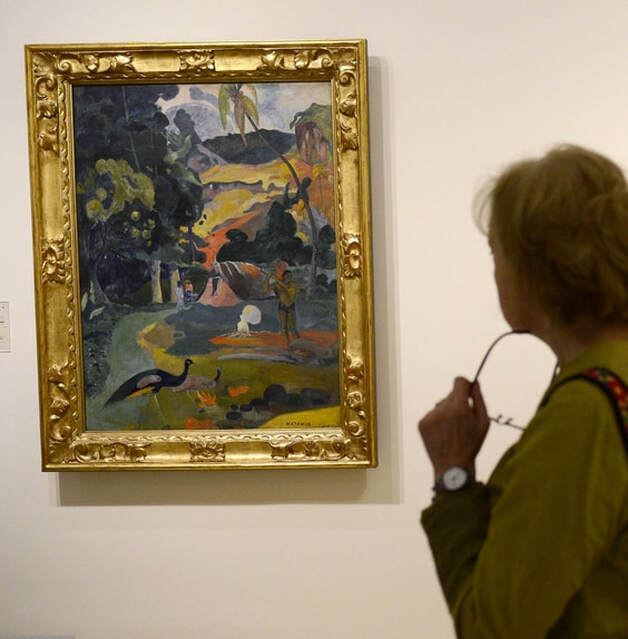
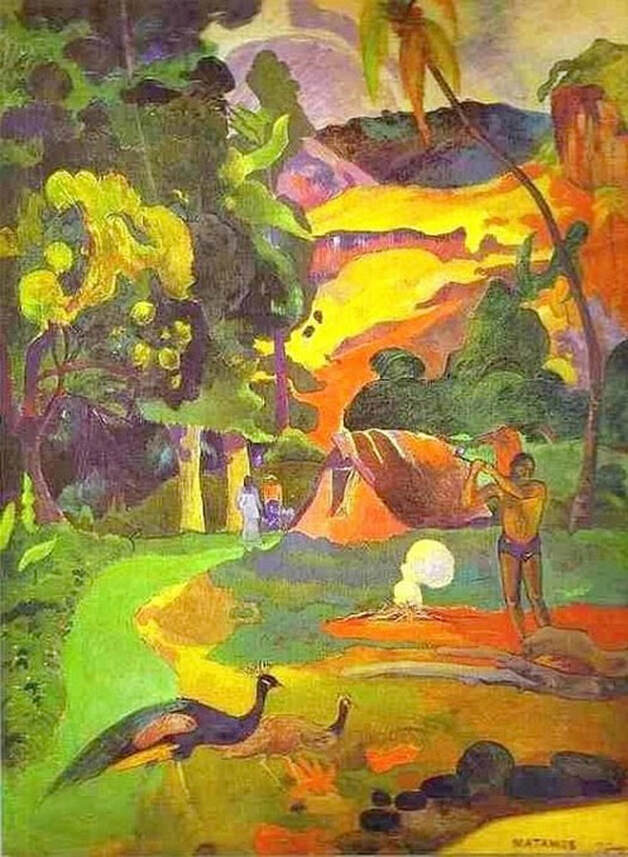


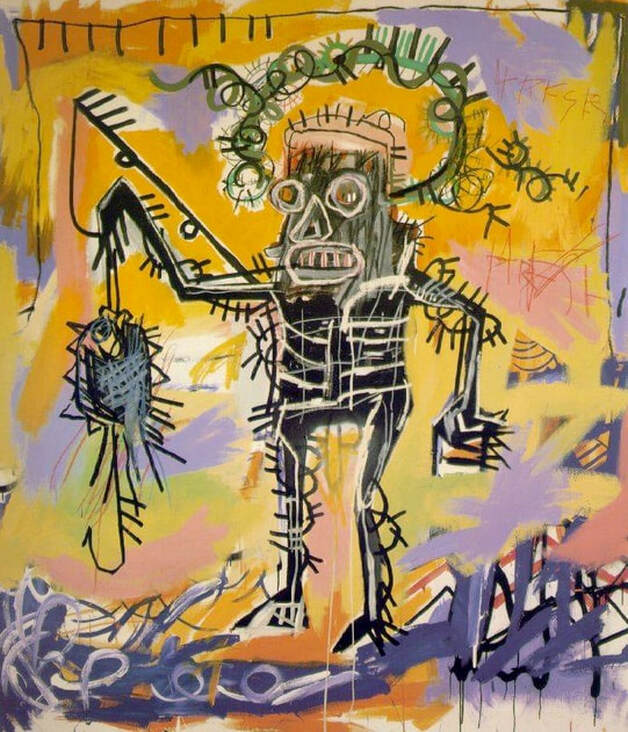

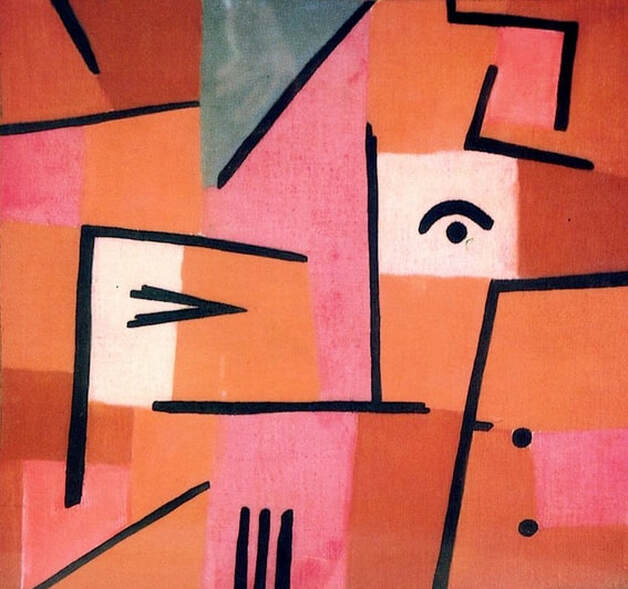



















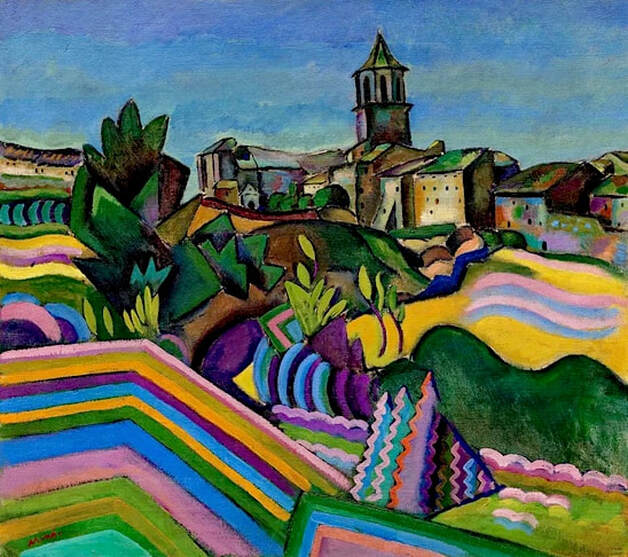

 RSS Feed
RSS Feed